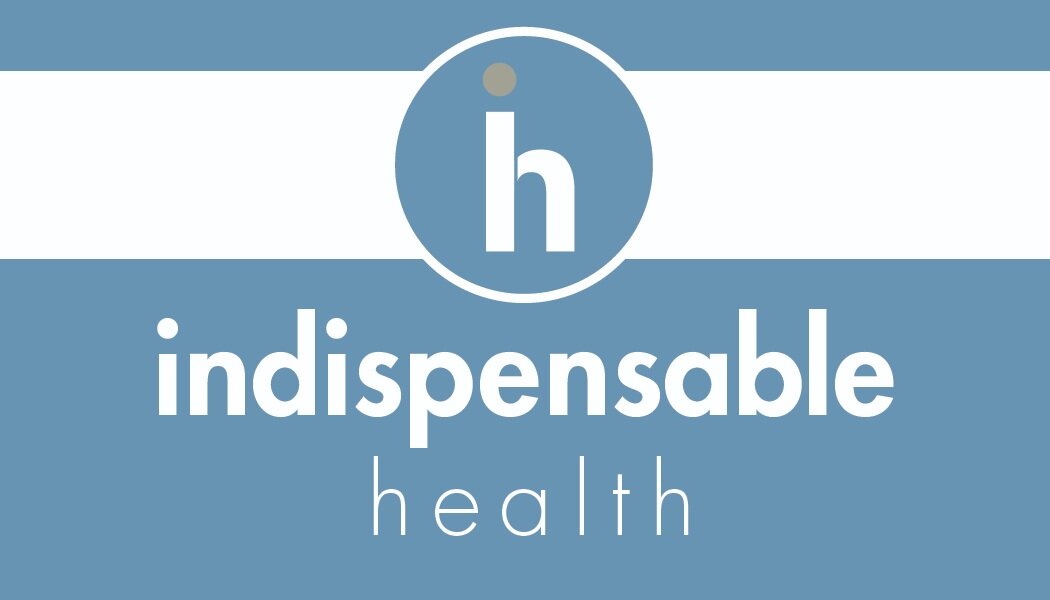All About Protein On National Protein Day
It comes in many delicious forms, but why is protein important? Today we’ll discuss how protein is used in our bodies, how much you should consume each day and healthy sources of protein (plus a couple of recipes!). Let’s get to it!
Protein and the Body
Contrary to popular belief, protein is not just used to build muscles. Protein is made from thousands of combinations of tiny “building blocks” called amino acids. Our body needs to get most of these building blocks from our diet. Each type of protein our body makes has a different function. Some of these functions include: the hemoglobin that carries oxygen in your blood, the enzymes to help with important chemical reactions in the body, the structural part of cartilage, hair, skin, and bones, the formation of antibodies that help to fight infections, and the balancing particles that help maintain proper amounts of fluid in blood and tissues. There are many more functions of proteins, but if we spent most of our time on that, we wouldn’t be able to talk about the fun stuff!
The Right Amount of Protein
The National Academy of Medicine recommends adults have a minimum of 7 grams per 20 pounds of body weight per day.
If you’re 140 pounds – 50 grams of protein
If you’re 200 pounds – 70 grams of protein
The math is easy: take your weight and divide by 20. Then to that number, multiply by 7. That number is the recommended minimum amount of protein you should get per day!
Quality of Protein over Quantity
Something patients should remember is the quality of the food they are eating instead of quantity. It is also important to think about the other nutrient sources in each type of food you are eating. Thinking about a grilled steak, it may have a high amount of protein, but it also has a high amount of fat. Additionally, eating a well-balanced protein diet can help you feel full for longer periods of time which could help with weight loss.
Healthy sources of protein for standard serving sizes:
Fish (~20 g)
Poultry (~19 g)
Low-fat Greek yogurt (~17 g)
1 egg (~6 g)
Whole-wheat pasta (~7.5 g)
Broccoli (~3 g)
Lentils (~18 g)
Low-fat milk (~8 g)
Unsalted nuts (~6 g)
Quinoa (~9 g)
Protein Focused Recipes
Now the best part - recipes!!! These recipes can be customized to your tastes and are here to give you examples of a protein-balanced meal so that you can make your own recipes!
Breakfast: Veggie breakfast sandwich (you can use any type of veggies you prefer)
Lunch: Taco Salad in a Jar (feel free to just put this in a Tupperware container, maybe add more lettuce, and dress with a squeeze of lime)
Dinner: Tomato Spinach Shrimp Pasta (this can easily be done with a chicken breast instead of shrimp. Remember to use whole-wheat pasta!)
Snack Ideas: Hummus and veggies; berries and granola with low-fat yogurt; apple slices with peanut butter, Bistro plate: Toasted whole grain English muffin, cheese of your choice, 1 Tbsp nut butter, apple slices, carrot slices, 1 hard-boiled egg
ENJOY!
Author: Lauren Rechenbach-Chapman | PharmD Candidate 2021 | University of Michigan
Sources:
Bon Secours: https://blog.bonsecours.com/healthy/healthy-eating-lifestyle/
Harvard School of Public Health: https://www.hsph.harvard.edu/nutritionsource/what-should-you-eat/protein/
Healthline: https://www.healthline.com/nutrition/functions-of-protein
Medical News Today: https://www.medicalnewstoday.com/articles/318600
Medline Plus: https://medlineplus.gov/ency/article/002467.htm
National Today: https://nationaltoday.com/national-protein-day/



